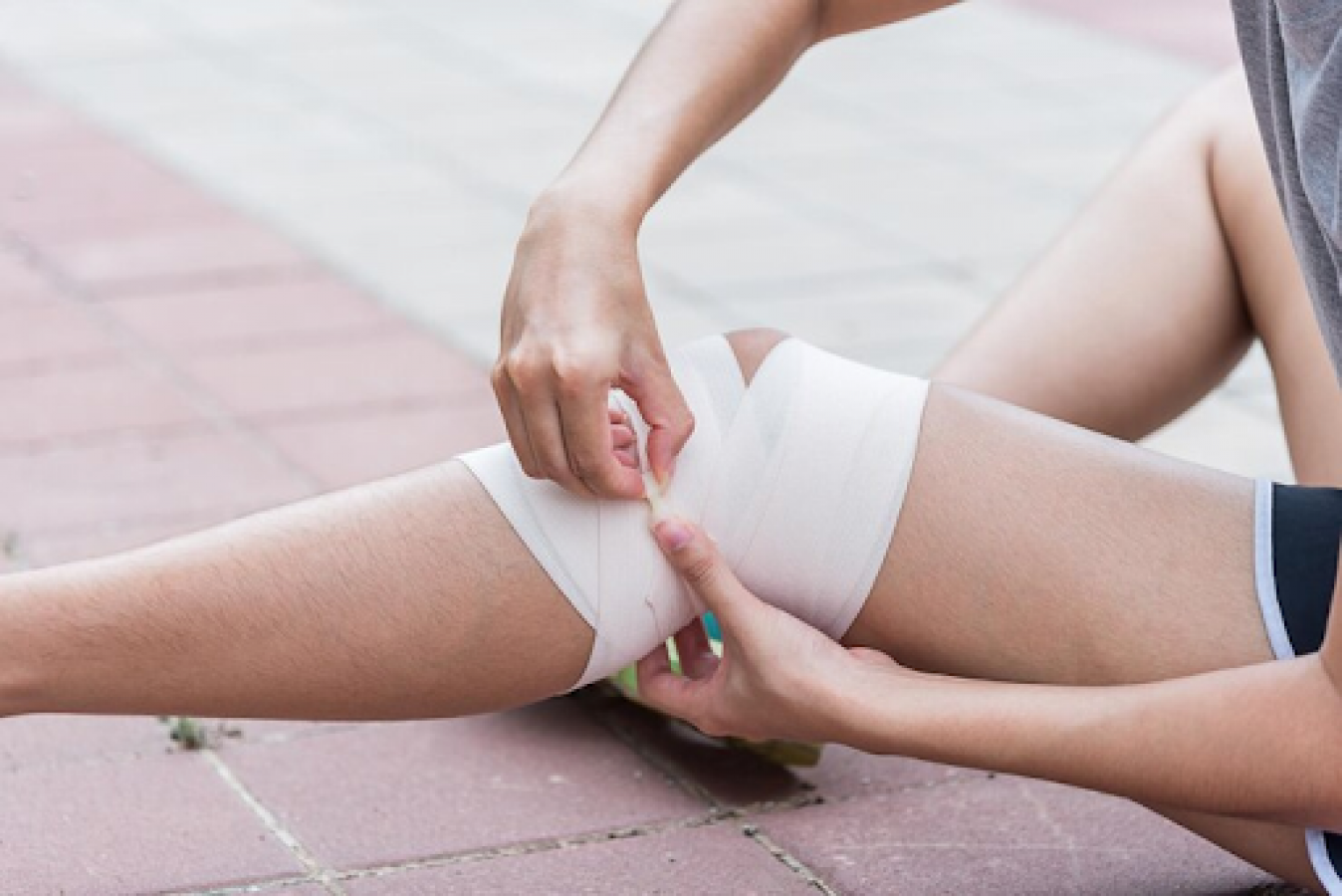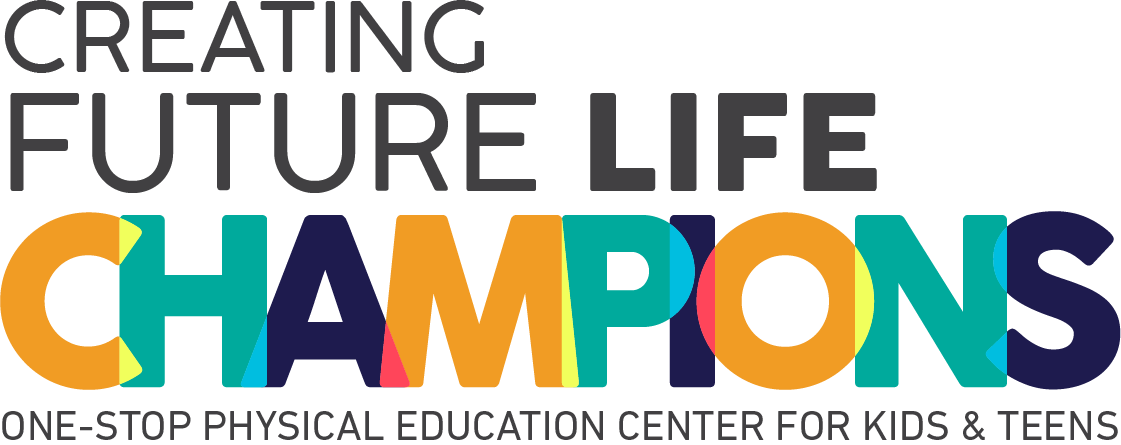Cheerleading Injuries: Common Injuries and Prevention

Every activity has various risks depending on how big the activity is. Sports activities, for example, can pose risks such as prolonged injuries. Generally, this can happen due to several things such as falling, playing too much or other accidents such as bumping into partners due to miscommunication.
The same goes for cheerleading, cheerleading is an exhilarating sport that combines athleticism, dance, and acrobatics, often performed at various events, including games and competitions.
While cheerleading is a thrilling activity, it also comes with its share of risks, leading to injuries. We’ll discuss common cheerleading injuries, their causes, and essential prevention strategies to create a safe environment for cheerleaders.
Common Cheerleading Injuries
Cheerleaders are prone to various injuries due to the physical demands of stunts, jumps, and tumbling. Some of the most common injuries include:
1. Sprains and Strains
Sprains and strains are common injuries in cheerleading, with sprains occurring when ligaments, the tissues that connect bones, are stretched or torn, and strains involving injuries to muscles or tendons.
These injuries typically affect areas such as the ankles, knees, and wrists and are often caused by falls, improper landings, or overuse during practice.
2. Fractures
Fractures are broken bones that can range in severity from hairline fractures to complete breaks, commonly affecting areas such as the arms, legs, wrists, and collarbones.
These injuries often result from falls during stunts, collisions with other cheerleaders, or accidents that occur during tumbling routines.
3. Dislocations
A dislocation occurs when the ends of bones are forced out of their normal positions within a joint, commonly affecting areas such as the shoulders and fingers.
This type of injury often results from high-impact landings, falls, or awkward movements during stunts.
4. Contusions
Contusions, also known as bruises, are caused by direct blows to the body, leading to swelling and tenderness, and commonly affect the legs, arms, and torso. Cheerleaders often experience contusions from falls or impacts with other team members or equipment.
5. Tendonitis
Tendonitis is an inflammation of the tendons that often results in pain and discomfort, commonly affecting the shoulders, knees, and elbows. This condition is typically caused by overuse, repetitive motions, or poor technique, making it particularly prevalent among cheerleaders who undergo extensive training.
6. Concussions
A concussion is a type of traumatic brain injury caused by a blow to the head or body, which results in the brain moving inside the skull. Common symptoms include headaches, confusion, dizziness, and memory problems.
These injuries often occur from falls or collisions during stunts or tumbling, highlighting the importance of prioritizing safety in cheerleading practices.
Prevention Strategies
Preventing injuries is essential for cheerleaders to ensure their safety and enjoyment of the sport. Here are some effective strategies to minimize injury risks:
A. Proper Warm-Up and Cool Down
A proper warm-up is crucial for preparing muscles and reducing the risk of strains and sprains. Cheerleaders should incorporate dynamic stretches, jogging, and light movements specific to their routines.
Equally important is the cool-down phase, which helps prevent muscle stiffness and aids in recovery; static stretching should be included to relax the muscles after practice.
B. Strength and Flexibility Training
Regular stretching and flexibility exercises for cheerleading enhance range of motion, further helping to prevent strains and sprains.
Incorporating activities like yoga into their training can significantly improve flexibility, allowing cheerleaders to perform their routines more safely and effectively.
C. Use of Appropriate Equipment
Wearing proper footwear is essential for cheerleaders, as it provides the necessary support and traction during performances and practices. Investing in cheerleading shoes specifically designed for performance and safety can significantly reduce the risk of injury.
Additionally, using safety mats during practice helps cushion falls and minimize injury risks during stunts and tumbling, creating a safer training environment.
D. Communication and Teamwork
Proper spotting techniques must be trained to ensure that spotters can assist flyers and provide support during lifts and dismounts. Encouraging open communication among team members fosters a supportive environment where cheerleaders feel comfortable discussing their limits, concerns, or injuries with both coaches and teammates, enhancing overall safety.
E. Hydration and Nutrition
Staying hydrated is crucial for cheerleaders, especially during intense practices and competitions, as dehydration can lead to fatigue and increased injury risk.
Educating cheerleaders about the importance of proper nutrition contributes to optimal health and recovery, empowering them to make healthier choices that benefit their athletic performance.
F. Rest and Recovery
Listening to their bodies is essential for cheerleaders, as it helps them recognize when to take breaks and avoid overtraining, which can lead to injuries and burnout.
Scheduling regular rest days allows the body to recover from intensive training, and incorporating these rest days into practice schedules ensures that cheerleaders maintain peak performance while minimizing injury risks.
Prioritize Your Safety!
Injuries can come at any time and are unpredictable, even during cheerleading. Cheerleading must be recognized as having very high-risk movements, so even during training, very strict safety is needed to avoid unwanted injuries.
Therefore it is advisable to choose a proper academy in the teaching process. At Rockstar Academy, we take pride in offering a secure training atmosphere where cheerleaders can excel while minimizing the risk of injury.
Our cheerleading program is designed with your child's safety in mind while providing a fun and energetic environment for them to learn and grow.
With a curriculum that offers exciting opportunities to compete in events like RockOlympics and Elite Championships, your little cheerleader will be able to shine on the big stage.
On top of that, we offer a free trial class, so your child can experience all the fun and camaraderie of cheerleading before committing. Come join us at Rockstar Academy, where cheerleading dreams take flight!
FAQ
What are the most common cheerleading injuries?
Common cheerleading injuries include sprains and strains, fractures, dislocations, contusions, tendonitis, and concussions.
How can injuries be prevented in cheerleading?
Injuries can be prevented through proper warm-up and cool down, strength and flexibility training, technique development, appropriate equipment, communication, hydration, and rest.



